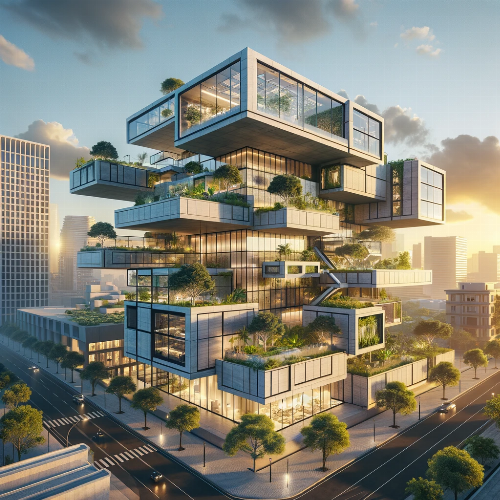1. Modular Buildings: These are prefabricated structures that can be assembled and disassembled easily, allowing for their relocation to meet changing needs.
2. Green Buildings: These are designed to minimize their environmental impact and can feature energy-efficient systems, renewable energy sources, and sustainable building materials.
3. Open-Plan Spaces: These are flexible spaces that can be easily transformed using furniture and moveable walls. This allows for easy adaptation to changing needs.
4. Smart Homes: These are homes that have integrated technology to control lighting, heating, and security. They can be programmed to adjust to changing needs or be controlled remotely.
5. Vertical Gardens: These enable building exteriors to be covered in plants that provide natural insulation, cleaner air, and a pleasing aesthetic while adapting to changing environmental conditions.
6. Retrofitting Buildings: This involves upgrading older buildings to meet modern standards, often by adding insulation, improving ventilation, and upgrading the plumbing and electrical systems.
7. Adaptive Reuse: This involves repurposing existing structures to meet changing needs. Examples include turning old factories into apartment buildings, and converting churches into community centers.
8. Disaster-Resistant Buildings: These are designed to withstand earthquakes, hurricanes, and other natural disasters, protecting occupants and minimizing damage to the structure.
Publication date:

